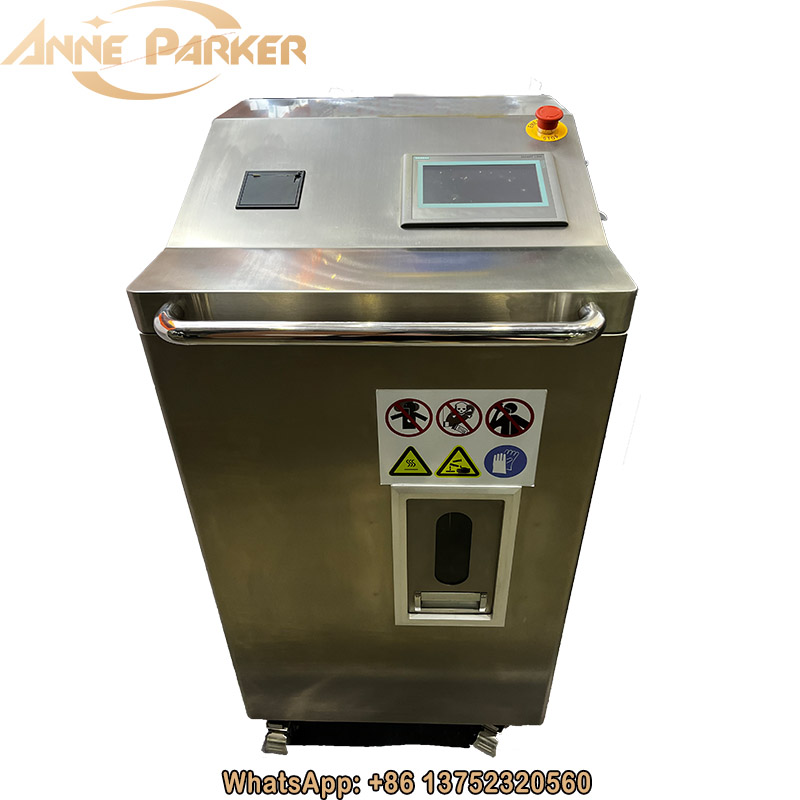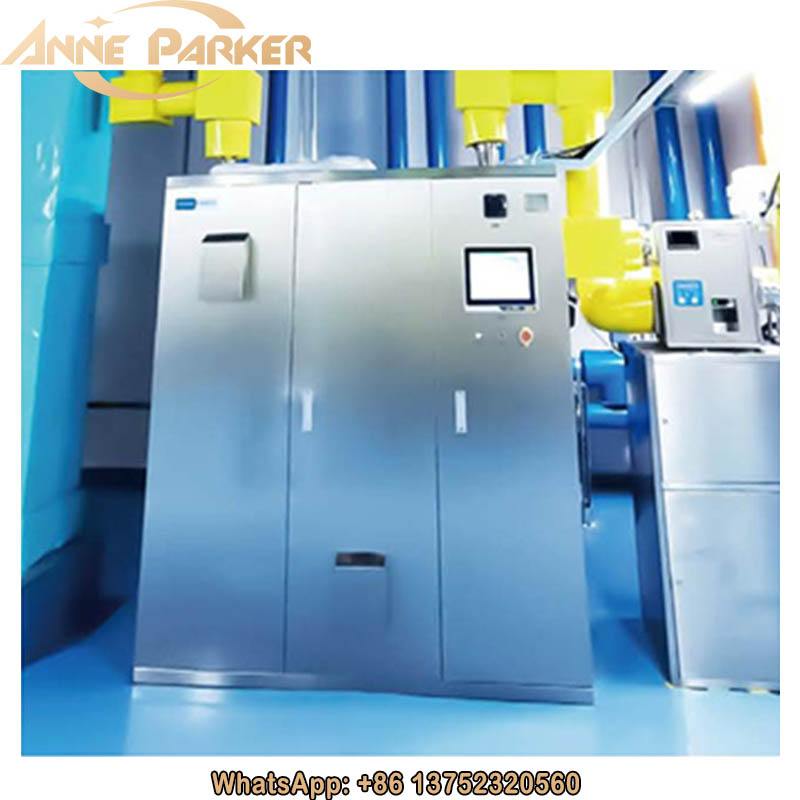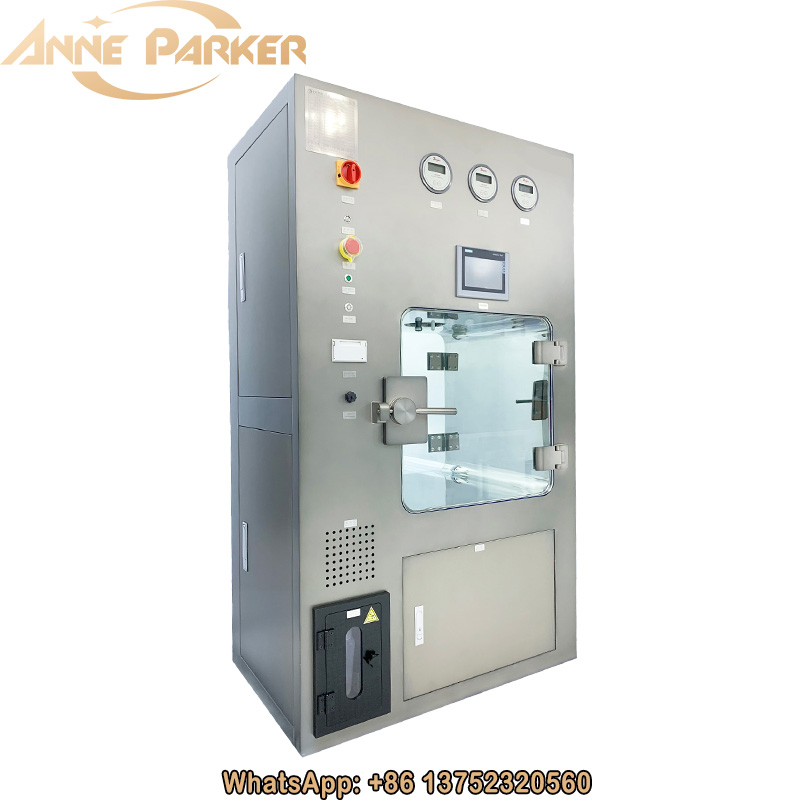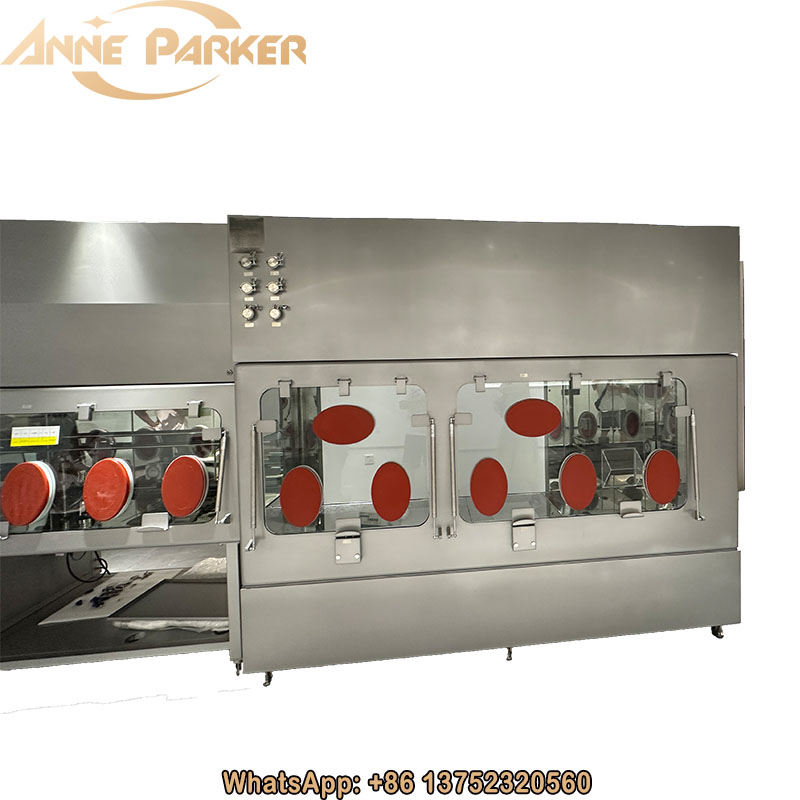Life Science Lab Solution
Life science cleanroom is a special environment specially designed for research, production and experimentation in the field of life sciences.
Life science is a science that studies the nature, characteristics, occurrence and development laws of life phenomena, life activities, as well as the relationship between various organisms and organisms and the environment, and is the most concerned basic natural science in the world today. In recent years, biotechnologies based on life sciences have been widely used in the biomedical industry such as monoclonal antibodies, recombinant proteins, vaccines and gene and cell therapeutics. In recent years, the continuous breakthrough of biotechnology and the normalization of the epidemic have led to the rapid development of the biomedical industry, and the proportion of biomedicine in the pharmaceutical market has continued to rise.
The research and development and production of biomedicine have strict requirements for the concentration control of bacteria, microorganisms and other life particles in the environment, and the development of biomedicine will help drive the rapid growth of the related demand for biological clean rooms.
 |
 |
 |
 |
A cleanroom is an artificially engineered environmental system designed to maintain a very low concentration of airborne particulates and has applications in scientific research and industrial manufacturing. Maintenance of a contained environment such as this requires several parameters to be highly controlled, monitored, and measured.
How to design a cleanroom: key considerations
Cleanrooms are the foundation of preparing medicines in pharmaceuticals and broader life sciences. However, there are many underlying aspects to consider when building and selecting suitable products for a proficient cleanroom. The area must be easy to clean with strict controls around equipment and the permitted level of particles that a piece of operating equipment is able to produce. There must also be very strict controls around people, in terms of the way they behave and the way they gown.
The important aspects that go into designing a cleanroom can be broken down into four key requirements. The first is that the air going into the room is filtered and passes through a filter of appropriate article retention capacity. These are high-efficiency particulate air (HEPA) filters. Within pharmaceuticals and areas where sterile medicines are being produced, these HEPA filters need to be of a high retention capacity. Normally they're 99.97% efficient.
Why classification matters: Considerations for selecting cleanroom equipment
Select suitable cleanroom equipment. The importance of choosing cleanroom classified equipment to reduce the chance of the equipment being a source of contamination itself. For equipment to be considered cleanroom classified, the first consideration is the materials of construction. Most cleanroom equipment would need to be robust and hard-wearing, but it also needs to be easily cleanable, with ideally smooth and polished surfaces. The cleanroom equipment also needs to be compatible with the variety of different detergents and disinfectants that are commonly used within cleanrooms.
Most cleanrooms require the use of sporicidal disinfectants, which contain aggressive chemicals such as chlorine - since they are designed to eliminate all microorganisms. If the equipment fabric and materials are not the correct design, then reactions will occur with these chemicals. The ideal types of materials for equipment are plastic or stainless steel-based. Typically, a high grade of stainless steel would be required, so it's common to use 316L stainless steel for certainly anything that's a product contact part. But even here, care must be taken that the surfaces of the equipment don't become scratched or roughened and also that they don't react with the disinfectant.
Other considerations for selecting the best instrument for a cleanroom. Equipment must not be generating particles itself, particularly when it's operating. The equipment needs to be easily to transport, if it needs to be moved or, if it's fixed in place, then in the ideal location. It should also provide a degree of contamination protection as well.
In conclusion, life science cleanrooms play a crucial role in the field of life sciences. It provides a highly controlled environment for experiments and production, ensuring the accuracy of results, product quality and the safety of operators.